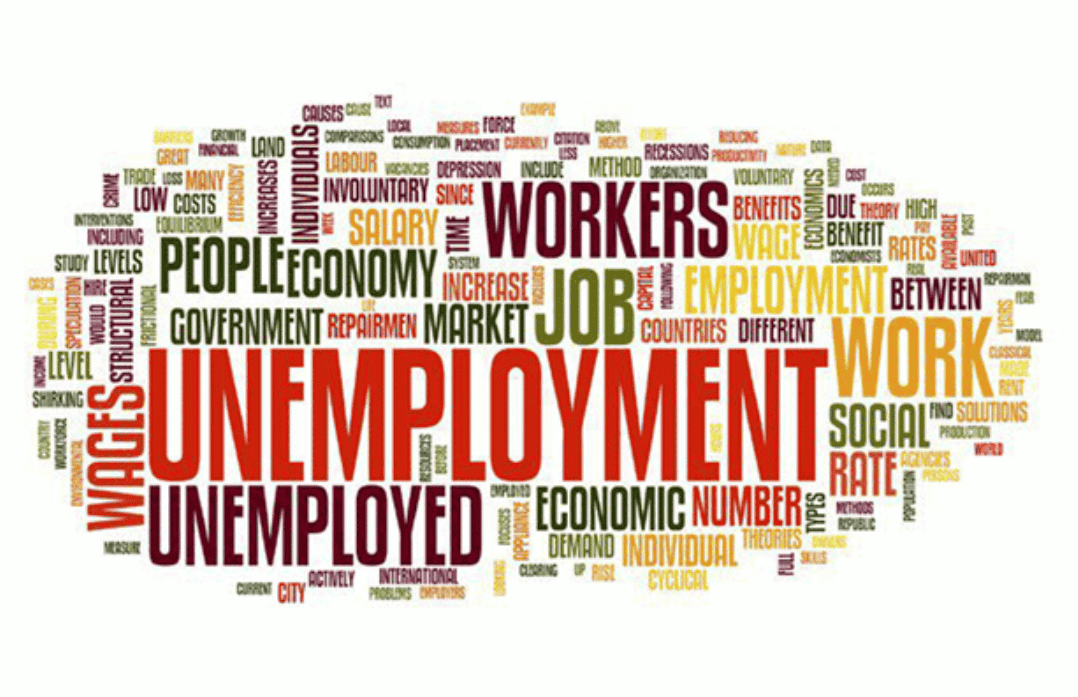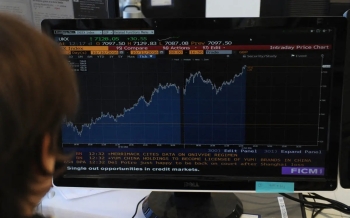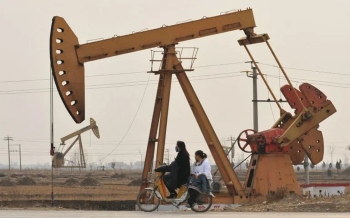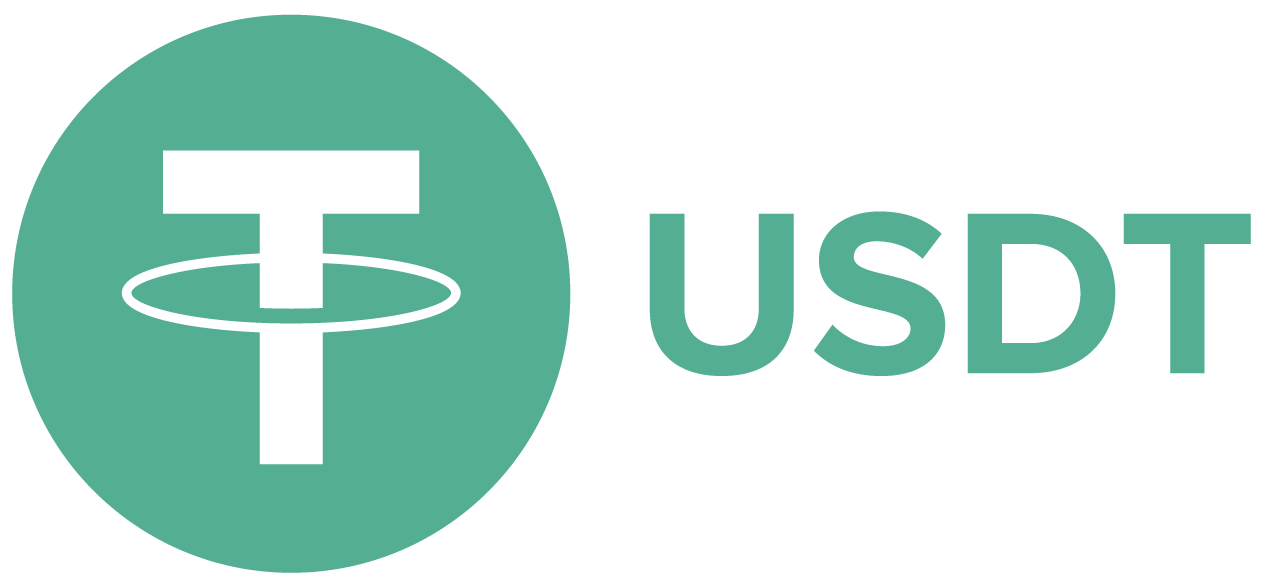U.S. Job Market Shows Signs of Cooling in July
The latest U.S. employment report for July has revealed a notable slowdown in the labor market, with job creation falling short of expectations, unemployment ticking up slightly, and downward revisions to previous months’ data suggesting weaker momentum than initially reported.
In July, the U.S. economy added just 73,000 nonfarm jobs, significantly below the consensus forecast of 106,000. This slowdown follows a consistent trend of reduced hiring in recent months. Meanwhile, the unemployment rate rose to 4.2%, up from 4.1% in June, aligning with analysts' projections but indicating growing pressure on the labor market.
Adding to concerns, revised figures showed that job growth in May and June was overestimated by 258,000 positions. Specifically, the June figures were updated to reflect only 14,000 new jobs, a stark contrast to the original estimates. This revision underscores a broader deceleration in employment growth.
Wage data offered a mixed signal. Average hourly earnings rose by 3.9% year-over-year and 0.3% compared to June, suggesting some resilience in income growth. However, the labor force participation rate slipped to 62.2% from 62.3%, highlighting a slight decline in the number of people actively engaged in the workforce.
Federal Reserve’s Position
These developments follow the Federal Reserve’s recent decision to keep interest rates unchanged during its July meeting. Despite the slowdown, Fed Chair Jerome Powell described the labor market as still “strong,” citing historically low unemployment levels as evidence.
Powell acknowledged the easing in job gains but attributed part of the slowdown to supply-side constraints, particularly the declining levels of immigration, which have limited the available labor pool. In his view, this supply shortage has helped maintain a relative balance in the market despite weaker demand.
Private Sector Data Adds Context
Complementary data from the private sector also reflects a more moderated labor environment. According to the ADP National Employment Report, the private sector added 104,000 jobs in July, exceeding expectations of 75,000 and rebounding from a loss of 23,000 jobs in June.
However, broader trends from ADP suggest a decline in hiring momentum in recent months. Nela Richardson, ADP’s chief economist, commented that the labor market has “reset” to a lower pace, but current employment levels remain sufficient to support consumer spending — a key indicator of labor market health.
Decline in Job Openings and Hiring Rate
Further insights from the Bureau of Labor Statistics (BLS) show a decrease in job openings to 7.44 million at the end of June, down from 7.71 million in May. Additionally, the hiring rate dropped to 3.3% from 3.4%, marking its lowest level since November 2024.
Broader Implications
Taken together, these indicators point to a gradual cooling of the U.S. job market. While wage growth has not collapsed, and unemployment remains historically low, the weakening pace of job creation and the dip in participation raise questions about the underlying strength of the recovery.
This evolving dynamic may prompt policymakers to reconsider the current monetary stance, especially as calls for rate cuts grow louder amid signs of broader economic softness. With inflation pressures easing and labor data pointing to reduced demand, the Fed may face increased pressure to shift toward a more accommodative policy in the coming months.

 English
English


